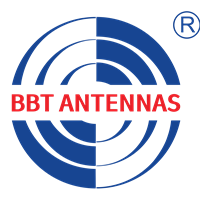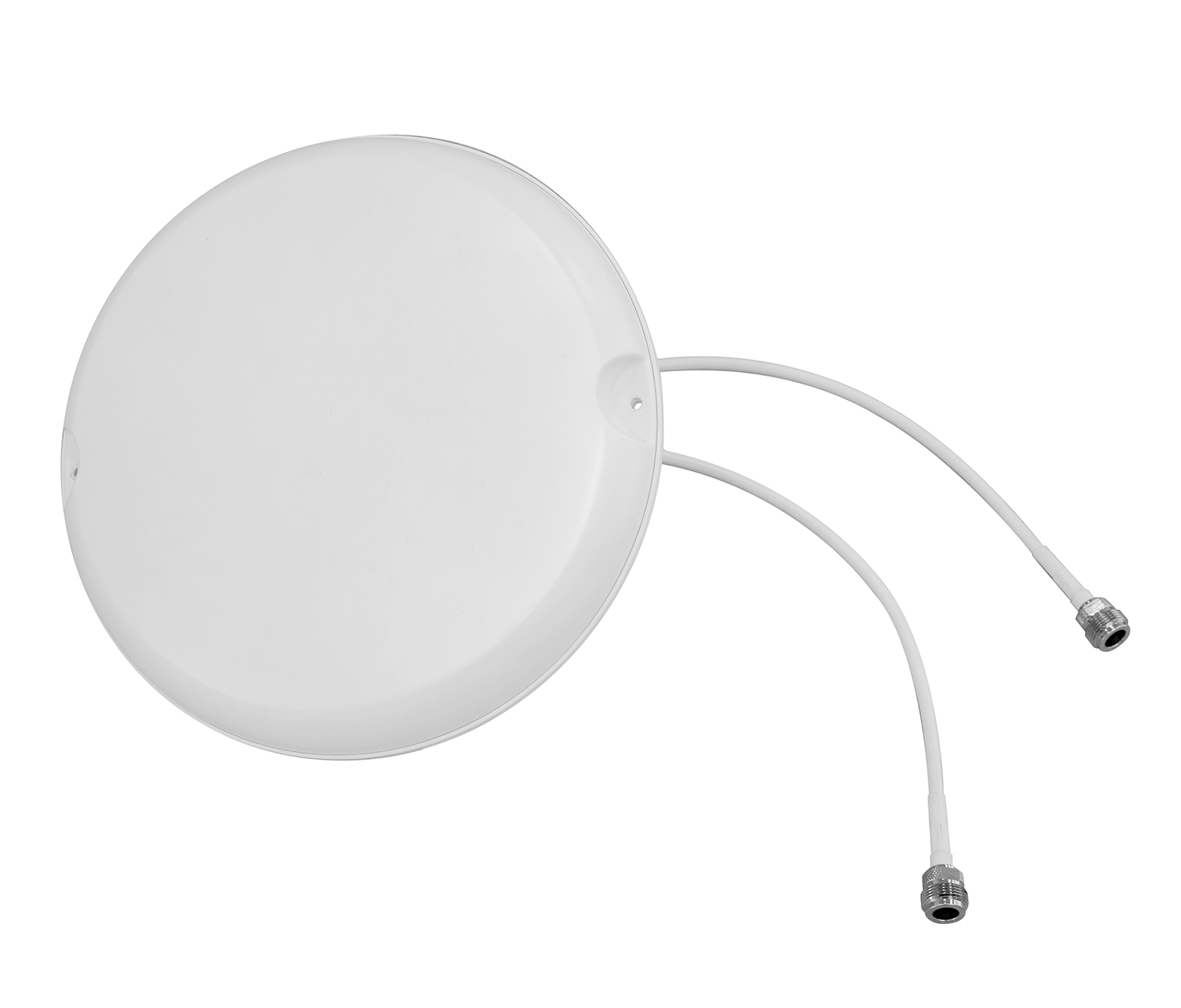The transition to 5G technology is revolutionizing wireless communication, offering unprecedented speed, capacity, and connectivity. As businesses and individuals increasingly rely on mobile technology for daily operations, the demand for robust indoor connectivity has surged. Distributed Antenna Systems (DAS) are pivotal in this transformation, particularly in enhancing indoor environments where traditional cellular signals often falter. This article explores the future of wireless connectivity through the lens of 5G Distributed Antenna Systems (5G DAS systems), detailing their significance, operational mechanisms, benefits, challenges, and future trends. As 5G DAS solutions become the backbone of next-generation indoor connectivity, understanding how these systems transform communication is vital for enterprises and 5G DAS providers alike.
Understanding 5G Technology
What is 5G?
5G, or fifth-generation wireless technology, represents a significant leap from its predecessors—3G and 4G. It is designed to provide faster data speeds, lower latency, and the ability to connect a vast number of devices simultaneously. The technology operates in a variety of frequency bands, including low-band, mid-band, and high-band (mmWave), with each providing unique benefits in terms of coverage and speed.
Key Features of 5G
- Higher Speeds: 5G can deliver download speeds up to 10 Gbps, significantly surpassing 4G capabilities.
- Low Latency: With latency as low as 1 millisecond, 5G enables real-time applications such as remote surgery and immersive gaming.
- Massive Device Connectivity: The technology supports a higher density of connections per square kilometer, making it ideal for smart cities and IoT applications.
The Role of 5G Distributed Antenna Systems (5G DAS) in Modern Connectivity
What is DAS?
A 5G Distributed Antenna System (5G DAS) is a network of spatially separated indoor DAS antennas connected to a common signal source that delivers enhanced wireless service within a specific area. Modern 5G cellular DAS solutions extend connectivity and performance beyond what traditional cellular infrastructure can achieve. DAS enhances cellular coverage by distributing signals throughout buildings or dense urban environments where traditional towers may struggle to penetrate.
How DAS Works
A 5G DAS system typically operates through two primary configurations:
- Passive DAS: Utilizes coaxial cables to connect antennas to a single signal source. It amplifies existing signals but does not boost them significantly.
- Active DAS: Involves more advanced technology where the signal is digitized and transmitted over fiber optics. This system allows for greater flexibility and improved performance by amplifying signals before distribution.
The Importance of 5G DAS in Indoor Connectivity
The role of 5G DAS solutions is critical in enhancing indoor cellular connectivity, especially as organizations demand higher-speed and more reliable communication. A 5G ready DAS improves signal penetration and consistency, addressing the limitations of traditional cellular networks in enclosed spaces. Here are the key factors highlighting the importance of 5G DAS:
Enhanced Coverage and Capacity
A 5G DAS system significantly improves indoor coverage in areas where traditional cellular signals struggle. Whether deployed in offices, hospitals, airports, or shopping malls, indoor DAS networks provide consistent and reliable 5G connectivity across complex structures and multi-level environments. It provides reliable connectivity in high-density urban settings and complex structures with thick walls or architectural barriers by strategically placing antennas throughout the facility.
Seamless 5G Connectivity
A 5G Distributed Antenna System (DAS 5G) supports advanced connectivity requirements by handling multiple frequency bands and network operators. This ensures that users enjoy seamless indoor 5G experiences without interruptions. By integrating indoor DAS antennas, signal quality improves through reduced interference and optimized coverage, which is essential for high-reliability applications.
Scalability and Flexibility
5G DAS solutions are inherently scalable, enabling businesses to expand their indoor DAS networks as data traffic increases. This scalability makes a 5G ready DAS ideal for enterprises planning future upgrades or expanding multi-building facilities. This adaptability is crucial for businesses looking to future-proof their investments against evolving technological landscapes.
Key Advantages of 5G Cellular DAS Solutions
The deployment of 5G DAS offers several significant advantages that enhance indoor wireless coverage:
Unmatched Speed and Capacity
5G DAS delivers exceptional data transfer rates and increased capacity, enabling lightning-fast download and upload speeds for high-quality streaming, video conferencing, and data-intensive applications. It supports a higher density of connections essential for environments like stadiums or airports.
Low Latency
With ultra-low latency capabilities, 5G DAS facilitates real-time interactions for applications such as remote medical procedures and immersive gaming, significantly enhancing user experiences.
Enhanced Reliability
A well-designed 5G DAS installation ensures consistent performance with minimal dropped calls or signal interruptions. Through professional indoor DAS deployment, organizations can eliminate dead zones and deliver reliable 5G experiences across every floor and corner. Its robust coverage amplifies cellular signals throughout a building, eliminating dead zones and maintaining strong connections regardless of location.
Massive Device Connectivity
As the Internet of Things (IoT) continues to grow, 5G DAS can accommodate numerous devices simultaneously without compromising performance. This capability is crucial for environments like smart buildings or stadiums where many devices connect at once.
Cost Efficiency
By allowing multiple service providers to share the same infrastructure, DAS reduces deployment costs while offering users a wider choice of carriers.
BBT 5G DAS Antennas: A Perfect Solution for You
As we navigate the complexities of enhancing indoor connectivity through advanced 5G DAS systems and antennas, BBT provides complete 5G DAS solutions designed for modern enterprise needs. As a trusted 5G DAS provider in China, we manufacture high-performance indoor DAS antennas optimized for consistent signal strength, scalability, and energy efficiency.
Ceiling Antennas (330-6000 MHz)
Our Ceiling Antennas are engineered for effective indoor wireless coverage, making them ideal for Distributed Antenna Systems (DAS). These antennas feature a compact and visually appealing design, allowing for seamless integration into various indoor spaces. They deliver broadband performance with low passive intermodulation (PIM) and low voltage standing wave ratio (VSWR), ensuring stable and efficient signal transmission. The straightforward ceiling installation process makes them easy to set up and use, enhancing overall connectivity in commercial environments.
Directional Antennas(330-6000 MHz)
Our Directional Antennas are specifically designed for wall-mounted applications within indoor DAS coverage. They offer broadband capability that ensures reliable performance across a wide frequency range. With low PIM and low VSWR, these antennas maintain excellent signal quality while minimizing interference. Their attractive design allows them to blend seamlessly into indoor settings, and the convenient wall-mounting feature simplifies installation and usage, making them suitable for diverse environments.
LPDA Antennas (617-6000 MHz)
While our focus is primarily on enhancing indoor connectivity, we also recognize the importance of outdoor coverage in supporting comprehensive communication systems. Our LPDA Antennas are designed to provide directional coverage that complements our indoor solutions. These antennas support a wide bandwidth and offer high gain with low VSWR, optimizing signal strength and quality in outdoor applications. Although they are primarily intended for outdoor use, they play a crucial role in ensuring that the signals entering buildings remain strong and reliable, thereby enhancing the overall indoor experience.
Conclusion
The future of wireless connectivity lies in the synergy between 5G technology and Distributed Antenna Systems (5G DAS). Investing in 5G DAS solutions ensures that your organization remains 5G ready while maintaining seamless indoor connectivity. Partner with BBT — your reliable 5G DAS provider — to experience superior coverage, simplified installation, and scalable performance for every indoor environment. By investing in our advanced DAS solutions at BBT, you can ensure your organization stays ahead in an increasingly connected world while providing exceptional service quality to your users.

